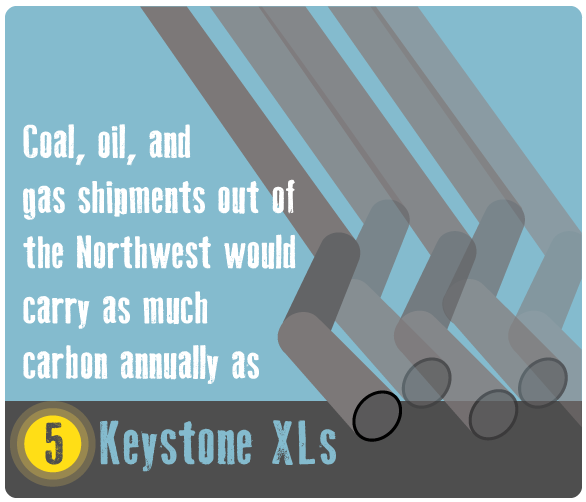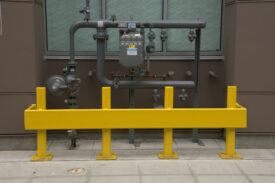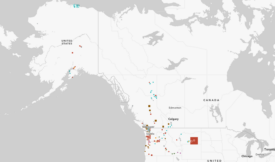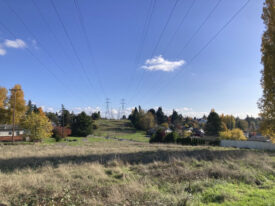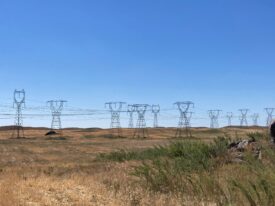Northwest Fossil Fuel Exports
The Pacific Northwest stands squarely between Asian energy markets and large fossil fuel deposits in the interior of North America. In order to reach these markets, energy companies are planning to build a range of large fossil fuel infrastructure projects in the Pacific Northwest. Since 2012, British Columbia, Oregon, and Washington have seen new active proposals for four new coal terminals, three expansions of existing terminals, two new oil pipelines, eleven oil-by-rail facilities, and six new natural gas pipelines.
Each of the projects is distinct, but all can be denominated in a common currency: the tons of carbon dioxide emitted if the fossil fuels were burned. Taken together, these plans would be capable of delivering enough fuel to release 822 million metric tons of carbon dioxide into the atmosphere each year.
For context, consider the Keystone XL pipeline—designed to carry oil from northern Alberta to the Gulf of Mexico—which has earned an international reputation as a first-order climate catastrophe. When burned, the fuel carried by Keystone XL would emit 149 million metric tons of carbon dioxide per year, about as much as is produced by every activity in Oregon and Washington combined.
In other words, if all of the coal export terminals, oil-by-rail facilities, oil pipelines, and natural gas pipelines planned for the Pacific Northwest are completed and fully utilized, the region could export fossil fuels carrying five times as much climate-warming carbon as Keystone XL:
- Coal terminals. Seven new or expanded coal export terminals would together move 132 million metric tons of coal annually above current levels, enough to emit 264 million metric tons of carbon dioxide per year.
- Oil pipelines. Two new oil pipelines would be capable of carrying more than 1.1 million barrels per day, enough to emit 199 million metric tons of carbon dioxide annually.
- Oil-by-rail facilities. Eleven oil-by-rail facilities at refineries or port terminals could move 858,900 barrels per day, enough to emit 132 million metric tons of carbon dioxide each year.
- Natural gas pipelines. At least six new natural gas pipelines capable of carrying 11.7 billion cubic feet per day would be enough to emit 227 million metric tons of carbon dioxide annually.
Read the press release on the report here.
Care to comment? The report is also featured on our blog.

